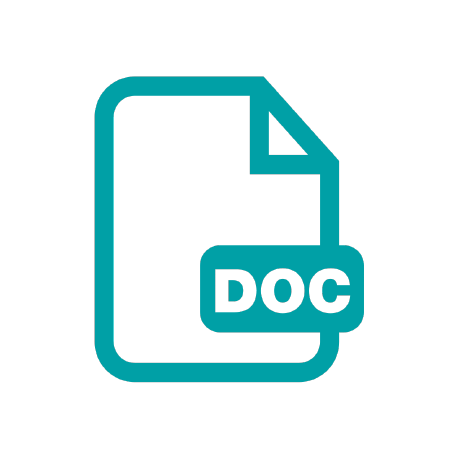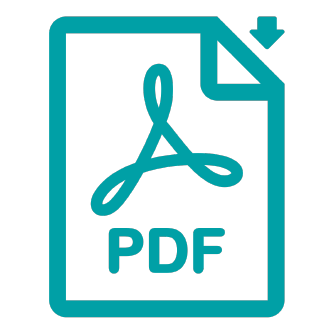What is it?
The Association for Talent Development defines learning and development as “empowering employees’ growth and developing their knowledge, skills, and capabilities to drive better business performance.” Multiple benefits result when employees have opportunities to grow and develop. Not only do they become more effective in their role, but the organization as a whole strengthens its culture of learning and becomes better positioned to provide quality care and services to patients. Perhaps most importantly, development is a key contributor to employee engagement. Engagement brings multiple benefits to individuals, teams, organizations, and interested parties. (See the Engagement & Retention section of this toolkit for details.)
While formal learning certainly plays a part in employee learning, there are many other avenues for building employee knowledge, skills, and capabilities. Some studies estimate that only 10 percent of professional learning comes from formal learning, while 20 percent results from interactions with others, and the majority, 70 percent, arises from on-the-job experiences. Learning plans should be tailored to employees’ preferred learning styles with the goal of creating inclusive and equitable experiences for each learner. (See the Learning Plan Template below, or in the Resource Guide for more information.)
While formal learning certainly plays a part in employee learning, there are many other avenues for building employee knowledge, skills, and capabilities.
Best Practices in Learning and Development
On-the-job experiences
-
Experiential learning, or learning by doing, is most effective when paired with preparation ahead of time and reflection afterward. If, for example, a staff member is preparing for their first procedure with a patient, you might spend some time beforehand helping them know what to expect. After the procedure, you might help them reflect on the experience by asking what went well, what they learned, and what they might do differently next time.
-
Stretch assignments are short-term projects or experiences that allow employees to explore the world beyond their current responsibilities. Stretch assignments should be challenging enough to push the employee beyond their comfort zone but not so far beyond their skills that they become overwhelmed. Stretch assignments should always be accompanied by support from others.
-
Job shadowing involves spending time with one or more people as they perform their work. Job shadowing can take place internally (inside your organization) to provide a deeper understanding of other functions, or externally (with community partner organizations, for example) to provide a broader view of professional experiences related to their own work.
Interactions with others
-
Coaching can be done by an employee’s direct supervisor or by others who have the right expertise. The goal of coaching is not to give the right answers, but instead to help employees build their critical thinking, problem solving skills, confidence, and independence. Coaching is best suited to situations where an employee has the ability to address the issue at hand but may not have the confidence or motivation to handle it themselves. (See the Coaching Conversation Planner below, or in the Resource Guide for more information.)
-
While it’s always important for managers to provide regular feedback to their employees, it’s even more critical when someone is new to a job. Feedback shapes behavior, builds trust, increases self-awareness, and supports the achievement of goals. (See the Feedback Planning Template below, or in the Resource Guide for more information.)
-
A mentor — someone other than the employee’s manager — can have a powerful influence on development. Encourage employees to identify someone inside or outside the organization that they admire and who might be willing and able to provide guidance that helps them reach their goals.
-
Teaching others can serve as a valuable learning opportunity — not just for the learner but also for the teacher. As leadership expert John C. Maxwell says, “You never really know something until you teach it to someone else.”
Formal learning
-
Formal learning, or structured training, is most often used to help employees gain specialized knowledge that can then be applied on the job. It can also be used to help employees develop the knowledge needed to help them achieve their career goals.
-
Formal learning comes in many forms, such as in-person workshops, asynchronous or synchronous virtual learning events, and conferences.
-
Many participants in formal learning also experience a side benefit: Networking and building relationships with people who have similar interests and areas of expertise.
-
Research shows that formal learning “sticks” best when reinforced back on the job. When managers ask learners about their big takeaways and how they plan to use what they learned during formal learning, retention of learning increases.
Learning & Development Tools
National Rural Health Resource Center
National Rural Health Resource Center
Key Takeaways
-
Find creative ways to help employees build knowledge and skills. Formal learning is only one option among many when it comes to employee development.
-
On-the-job experiences can provide valuable learning opportunities when paired with support from others.
-
While regular feedback is always important, it’s especially critical for those new to a job.
-
New perspectives can be gained through coaching and mentoring relationships.
-
Formal learning often provides networking opportunities in addition to learning. Managers can reinforce formal learning on the job.
Rural Health Care Learning & Development in Action
Formal learning doesn’t have to involve expensive consultants or long-distance travel.
Because small hospitals often promote from within, employees with significant technical expertise in fields like radiology or accounting often find themselves in leadership roles — where an entirely new skillset is needed.
Sparta Community Hospital in Sparta, Illinois holds cohort-based programs to help leaders transition into their roles. Programs are led by an internal facilitator and center around the book Hardwiring Excellence by Quint Studer.
Before each session in the program, leaders read part of the book. They then come to the session prepared to discuss key concepts together and build relationships by sharing and learning with their peers.

